The UV index is at a very dangerous level.
On May 17th, the National Center for Hydro-Meteorological Forecasting issued a warning about the maximum ultraviolet (UV) index. Accordingly, in many areas across the country, the UV index is above the harmful risk level (9-10). The UV index in Ho Chi Minh City is forecast to be 9 for three days from May 17th to 20th. This is a level where outdoor activities should be limited.
Furthermore, the predicted maximum heat index in Ho Chi Minh City is also at a very dangerous level (41-54). This level is highly likely to cause heatstroke, exhaustion, and heat shock if exposed to or engaging in prolonged physical activity in the hot sun.
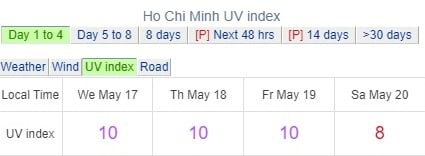
Weatheronline forecasts a very high UV index.
According to Accuweather, the temperature in Ho Chi Minh City will range from 33 to 36 degrees Celsius over the next four days. The UV index will fluctuate between 7 and 11, with a reading of 11 on May 18th. This is an extremely high level on the UV index scale, posing a very high risk of harm and danger. It can cause eye damage, sunburn, immunosuppression, or even skin cancer if exposed to direct sunlight for extended periods without proper protection.
According to the weather forecast website Weatheronline, the average temperature in Ho Chi Minh City in the coming days will be 35-36 degrees Celsius, and the UV index will be very high, at levels of 9-10.
According to the World Health Organization (WHO), a UV index below 2 is safe, 3-5 is moderate, 6-7 is high, 8-10 is very high, and 11 or higher is extremely high and dangerous. WHO recommends that with a UV index of 8 or higher, people should avoid going outside at midday. If outdoors, they should seek shade, wear long-sleeved shirts, apply sunscreen, and wear a wide-brimmed hat.
Increased skin diseases due to heat.
According to Dr. Nguyen Manh Ha, a specialist at the Ho Chi Minh City Dermatology Hospital, the number of patients seeking treatment increases during hot weather, with the hospital receiving an average of 2,000-2,500 skin-related consultations daily.
"Hot weather and high UV intensity directly affect the skin, causing conditions like photodermatitis and sunburn. For patients sensitive to light, it increases the risk of allergies, sunburn, and sun damage. In the long term, it damages epidermal cells, accumulating and leading to skin cancer and other skin diseases. In addition, patients with certain underlying conditions or those taking certain medications containing ingredients that increase photosensitivity may experience skin darkening and sunburn," Dr. Ha shared.
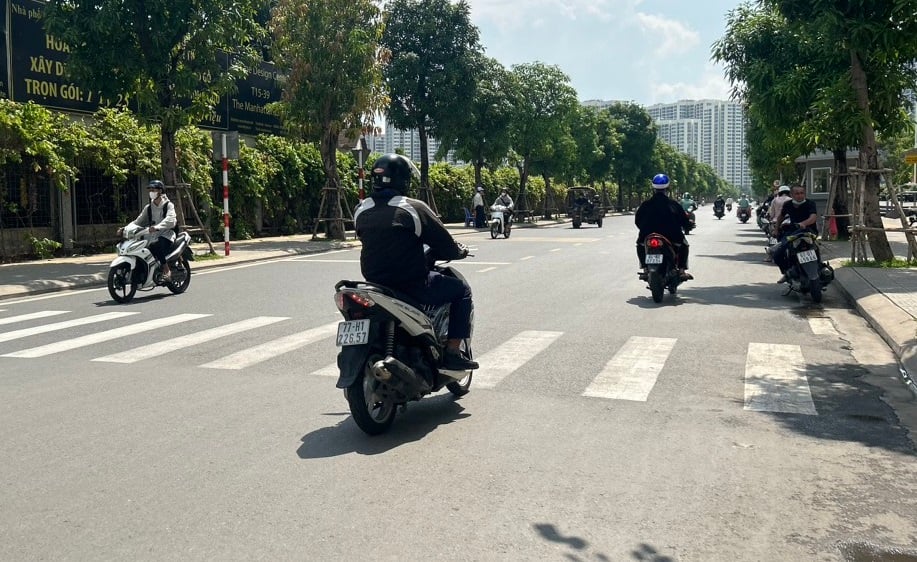
When going out in hot, sunny weather, wear long-sleeved clothing and cover yourself well.
Dr. Tran Huyen Tram, a specialist in Internal Medicine and Dermatology at Nam Saigon International General Hospital, said that recently, the number of patients at the hospital's Dermatology clinic has increased significantly, mainly among outdoor workers who are frequently exposed to sunlight. The majority of cases examined are due to sunburn and hyperpigmentation.
Some patients came for examination with facial skin peeling due to sunburn caused by the nature of their work, which involved frequent sun exposure, and red, scaly patches on their backs due to prolonged hot weather.
According to Dr. Tram, UV rays are divided into three types: UVA, UVB, and UVC, ranked in increasing order of danger from UVA to UVB, with UVC being the most dangerous. Fortunately, the ozone layer completely absorbs UVC – the most dangerous type of UV – and absorbs 95% of UVB and 5% of UVA.
The UVA and UVB rays that are not absorbed by the ozone layer are the agents that cause skin damage such as skin aging, sunburn, pigmentation, and even skin cancer. Skin damage caused by UV rays is cumulative; the longer the exposure and the higher the intensity of UV radiation, the more damage will occur to the skin.
Therefore, we need to protect our skin from sun exposure. This is especially important for those who work outdoors, who need adequate skin protection. It's advisable to limit direct sun exposure between 10 AM and 4 PM, as this is when the concentration of UV rays is highest. Try to find shady spots to avoid the sun.
Additional skin protection measures are needed when outdoors in the sun, such as using sunscreen with an SPF of 30 or higher, choosing a broad-spectrum sunscreen that protects against both UVA and UVB rays, and one that is water-resistant if you sweat a lot during physical activity. Reapply sunscreen every 2 hours when working continuously in the sun.
"Use additional protective measures such as wearing masks, sunglasses, wide-brimmed hats, and long-sleeved shirts when going outside. You can choose these items made from sun-protective fabrics to increase skin protection against UV rays. In addition, you need to drink enough water, increase the amount of green vegetables in your diet, and you can also use sun protection supplements to increase skin protection from the inside," Dr. Tram advised.
Quick overview at 8 PM: News summary for May 17th
Source link


![[Photo] Prime Minister Pham Minh Chinh presides over a meeting on private sector economic development.](/_next/image?url=https%3A%2F%2Fvphoto.vietnam.vn%2Fthumb%2F1200x675%2Fvietnam%2Fresource%2FIMAGE%2F2025%2F12%2F20%2F1766237501876_thiet-ke-chua-co-ten-40-png.webp&w=3840&q=75)









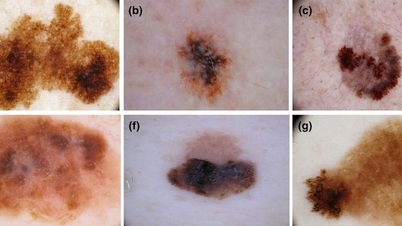
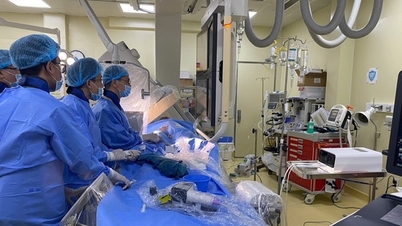


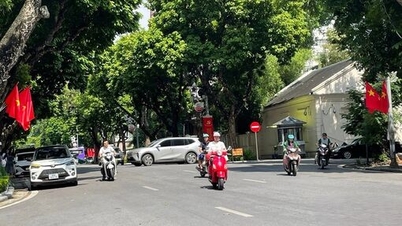


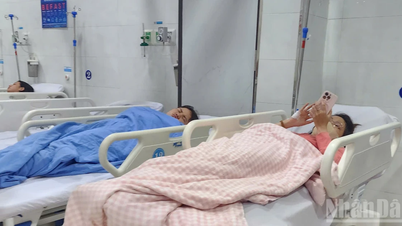

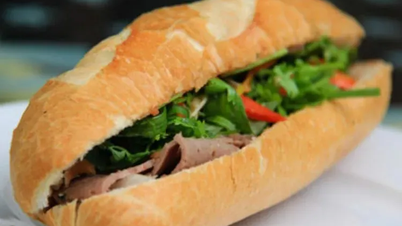



















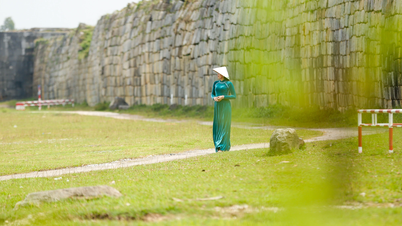


































































Comment (0)